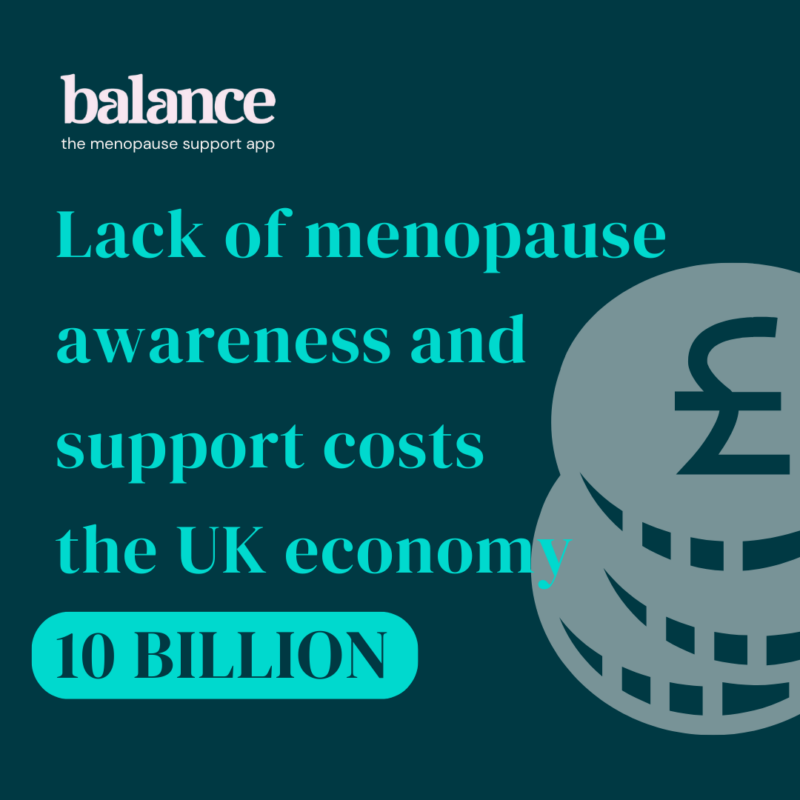Breast cancer risks from HRT explained by leading breast cancer specialist, Professor Michael Baum
In this article, breast cancer risks from HRT are explained by leading breast cancer specialist, Professor Michael Baum. After an article published on 30th August 2019 in the Lancet, Professor Michael Baum wrote the following, plain English, response.
Professor Michael Baum’s response to the Lancet’s publication of a report on HRT
Friday 30th August 2019
I think the press release put out by the Lancet is irresponsible and will undoubtedly lead to a drop in the use of HRT/ERT plunging thousands of women into a life of misery and for all we know shorten the lives of millions around the world. Remember there are more important threats to women’s lives than breast cancer, which is now only 7th in the league whilst those higher up the league might increase as a result of the withdrawal of oestrogen replacement therapy. “Statistical significance” does not always translate into “clinical significance”.
- Two principles in the practice of medicine – improve length of life (LOL) and quality of life (QOL).
- In the modern era paternalism of the profession has been replaced by the principle of partnership whereby patients are helped to make informed decisions.
- The paper in today’s Lancet and its press release is alarmist and will frighten off thousands of women from taking HRT and is of no help for women in making informed choices.
- This paper is extremely difficult to understand even by an expert like me, and I would need many hours to ingest it all.
- The publication contains data from about 100,000 women taking part in clinical trials of complex design going back more than 20 years and provides a summation of both published and unpublished data using complex methodology.
- The report is framed to prove relative risks (RRs) of the INCIDENCE of breast cancer. For the lay women to understand this I’ve found a description of absolute values below.
- The simplest way I can distil the results for the lay reader is as follows:
- If we consider a woman aged 50 who takes combined HRT for 5 years who is followed up for 20 years, the incidence of breast cancer goes up from 6.3% to 8.3%, an additional 2%.
- If we consider a woman aged 50 who takes oestrogen alone (ERT) for 5 years and is followed up for 20 years the incidence goes up from 6.3% to 6.8%, an additional 0.5%.
- NB we are only given numbers for INCIDENCE not breast cancer mortality or all-cause mortality.
- Breast cancer mortality might be unaffected because there is an imbalance in the incidence of oestrogen receptor positivity (ER+) favouring those women on HRT/ERT.
- All cause mortality might favour those on HRT/ERT because of reduction in heart disease, stroke, osteoporosis, dementia and suicide.
- The benefits of HRT/ERT in improving quality of life are beyond questions.
- Finally, the whole edifice might crumble if we correct the data for the numbers of “over diagnosed” cases from XS use of mammograms amongst women on HRT/ERT who are frightened of developing breast cancer. It thus becomes a self-fulfilling prophecy.





